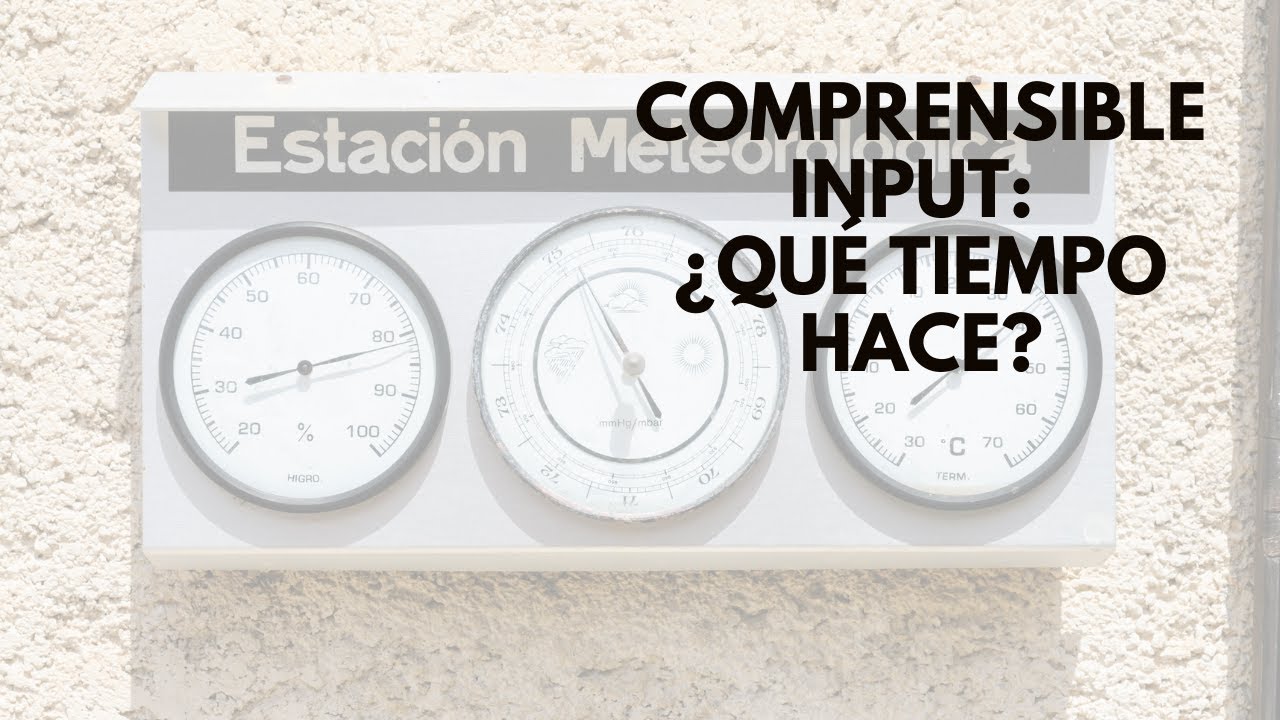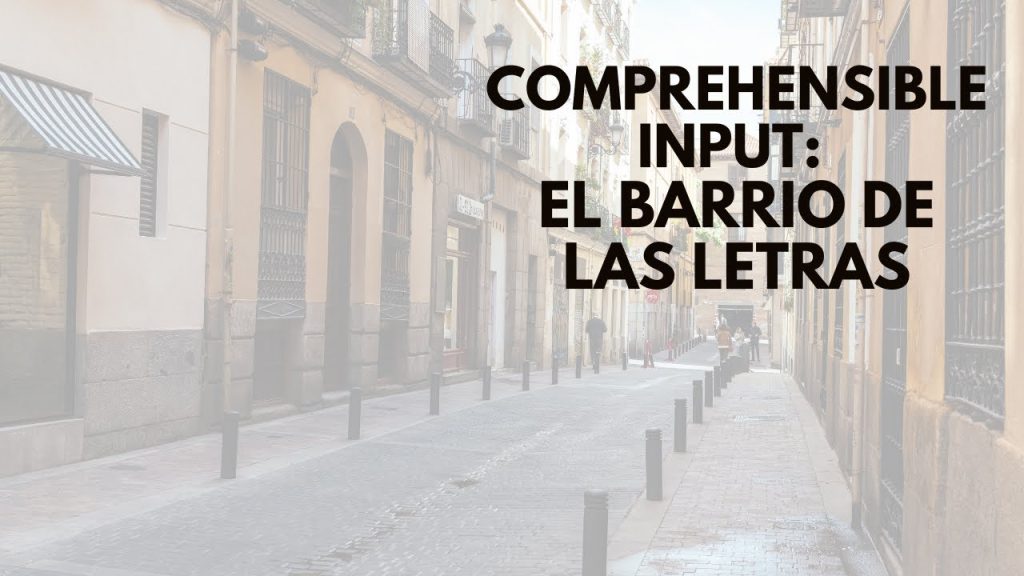
Comprehensible input spanish is a simple and effective way to learn how to talk about the weather and the seasons. In this post I introduce basic questions, useful vocabulary and short examples to help you notice patterns and start speaking. This is a friendly, repeatable set of phrases you can use every day while practicing Comprehensible input spanish.
Questions to ask about the weather
- What is the weather like? — ¿Qué tiempo hace?
- Is it snowing? — ¿Está nevando? / ¿Nieva?
- Is it sunny? — ¿Hace sol?
- Is it raining? — ¿Está lloviendo? / ¿Llueve?
- Is it windy? — ¿Hace viento?
- Is it cloudy? — ¿Está nublado?
- Is it partly cloudy and partly sunny? — ¿Está parcialmente nublado / nublado y con sol?
- Is it hot? — ¿Hace calor?
- Is it cold? — ¿Hace frío?
- Is the weather good? — ¿Hace buen tiempo?
- Is the weather bad? — ¿Hace mal tiempo?
Weather vocabulary: short phrases you can use right away
- It is snowing — Está nevando.
- It is sunny — Hace sol.
- It is raining — Está lloviendo.
- It is windy — Hace viento.
- It is cloudy — Está nublado.
- It is partly cloudy — Está parcialmente nublado.
- It is hot — Hace calor.
- It is cold — Hace frío.
- Good weather — Buen tiempo.
- Bad weather — Mal tiempo.
The seasons
Seasons are easy to remember when you pair the English and the Spanish:
- Winter — invierno
- Spring — primavera
- Summer — verano
- Autumn / Fall — otoño
Simple practice sentences
- ¿Qué tiempo hace hoy? — Hoy está soleado. (What is the weather like today? — Today it is sunny.)
- ¿Nieva en invierno? — Sí, en muchas partes nieva en invierno. (Does it snow in winter? — Yes, in many places it snows in winter.)
- ¿Llueve mucho en primavera? — A veces llueve mucho en primavera. (Does it rain a lot in spring? — Sometimes it rains a lot in spring.)
How to use these phrases to learn faster
Use short, repeated sentences and simple questions. Ask and answer them out loud. Notice the verbs: estar, hacer, nevar, llover. Repetition helps you internalise the patterns.
Try to describe the weather every day in Spanish. Keep a short list of sentences and add one new word each week. This method—Comprehensible input spanish—works because you understand most of what you hear and you slowly acquire new words naturally.
Quick tips
- Listen and repeat: say the question and the answer several times.
- Use visual cues: look outside and immediately describe what you see in Spanish.
- Create short dialogs: ask ¿Qué tiempo hace? and answer.
Summary
Talking about the weather is one of the easiest ways to practice everyday Spanish. Learn a few questions, memorise the seasonal words and use the short phrases often. Keep practicing with Comprehensible input spanish and you will recognise and produce these sentences naturally.
Building Proficiency for World Language Learners: 100+ High-Interest Activities
Discover over 100 dynamic activities to make world language learning interactive and fun. I wrote this book with some of my favorite activities for educators aiming to build proficiency with high-impact strategies.
Learn more and get your copy here.
5 Weeks of No and Low Prep Fun
Need quick, engaging activities for your class? This free guide includes 25 no-prep and low-prep ideas to save time while keeping students excited about learning.
Download your free copy now.

